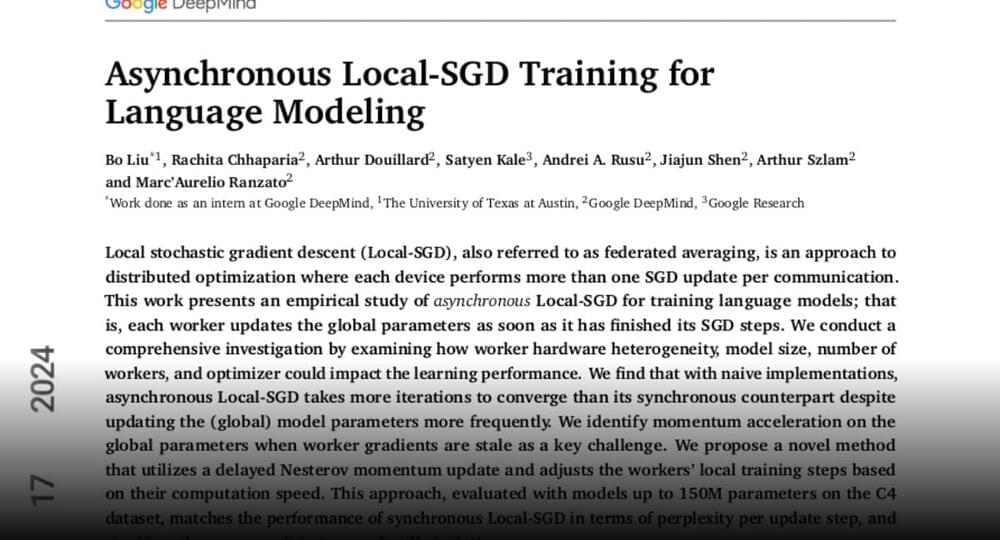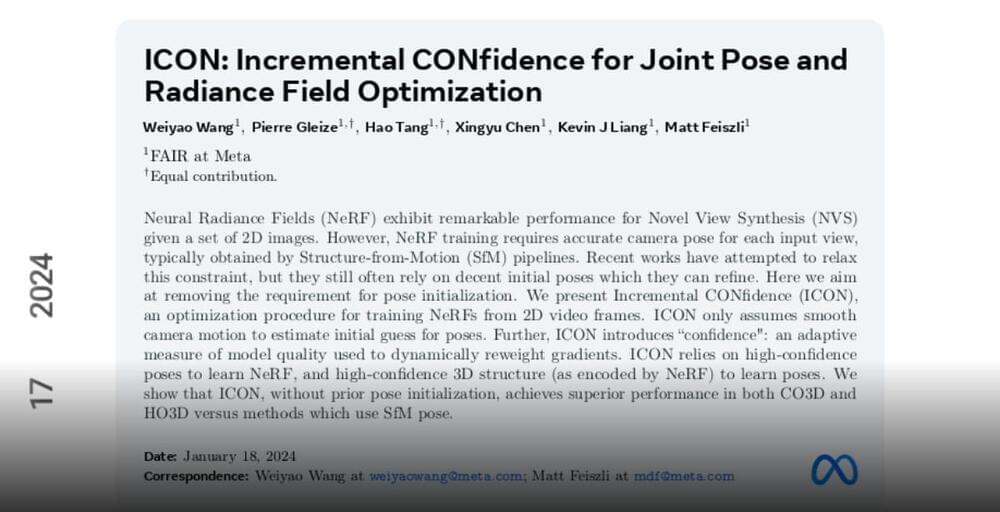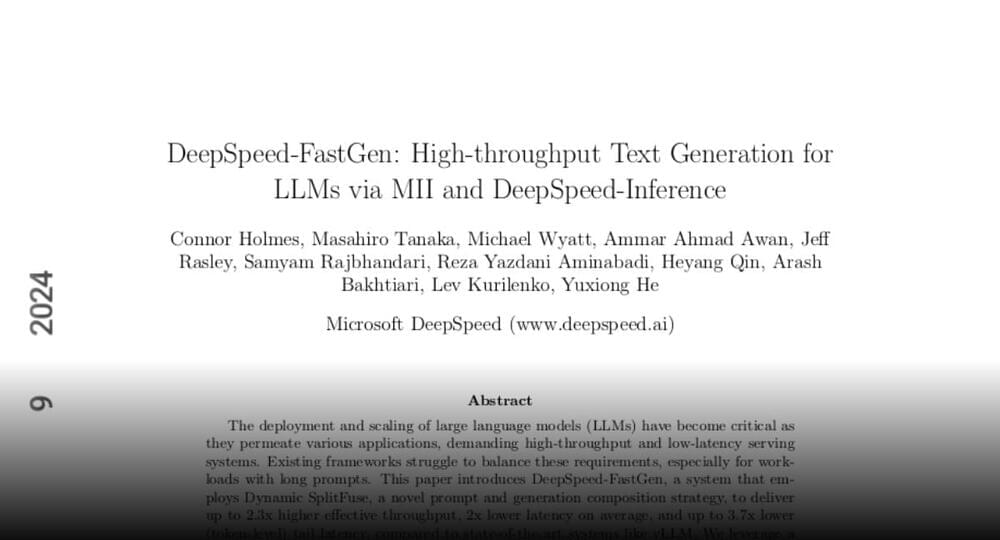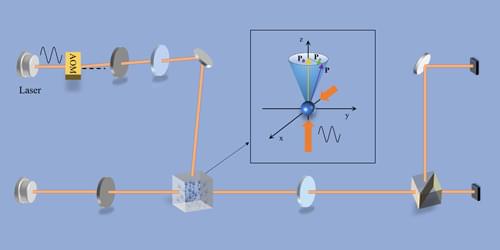URI-led team pioneers deep-sea research, revolutionizing species discovery with rapid tissue capture and 3D imaging technologies.
Dive into the future of deep-sea discovery! URI team, led by Prof. Phillips, unveils cutting-edge tech for instant species identification.









